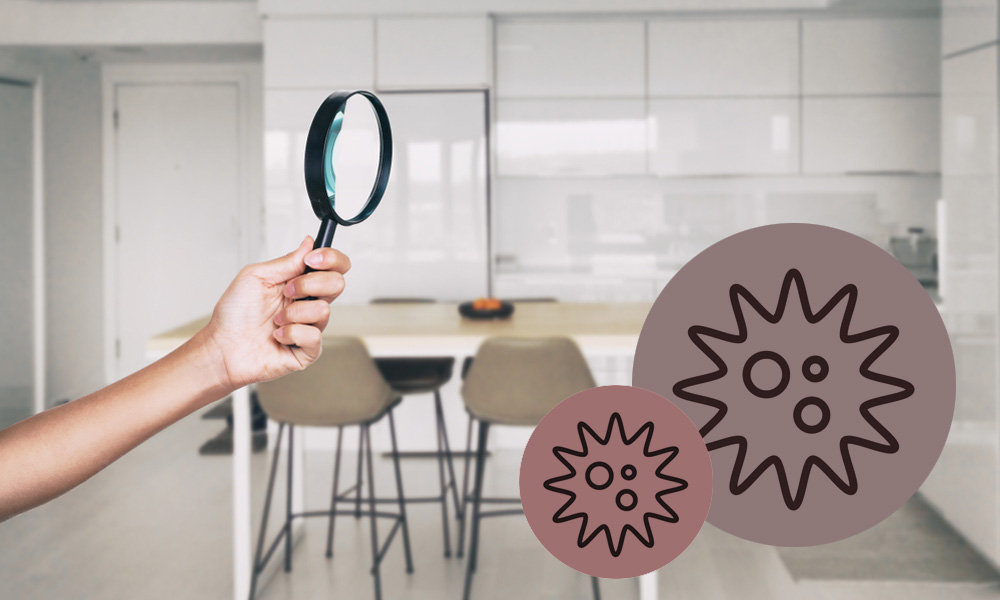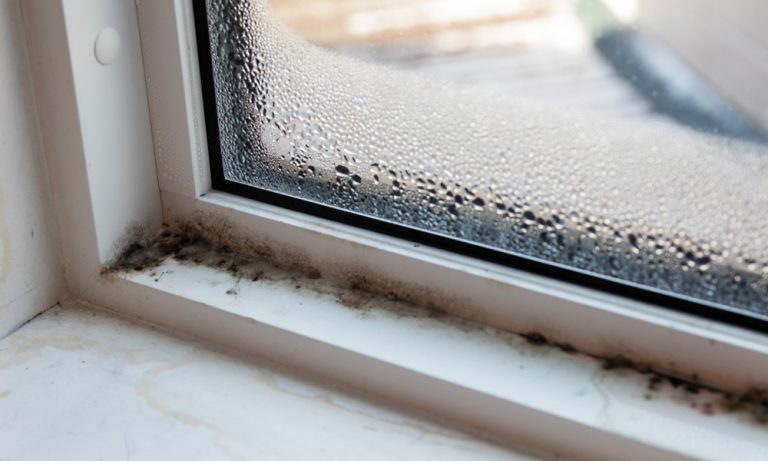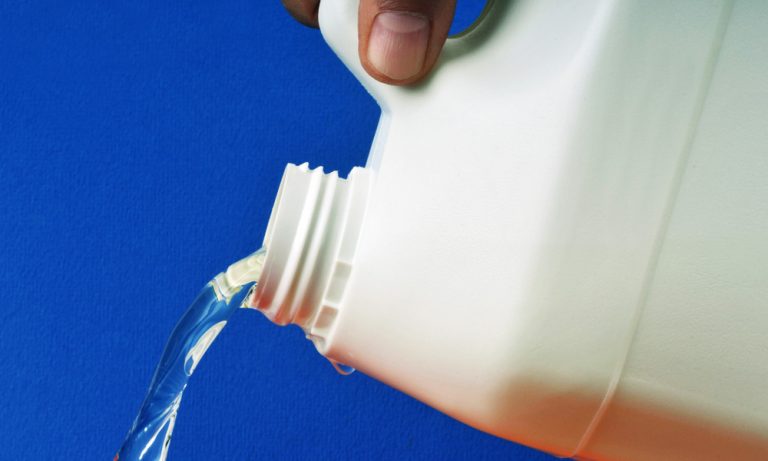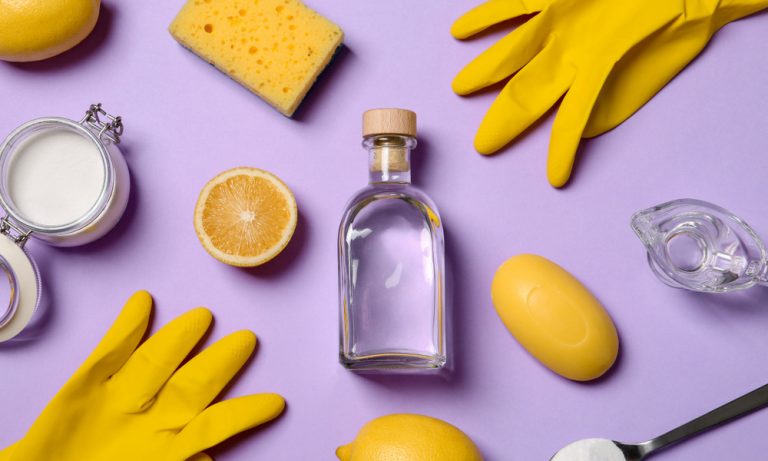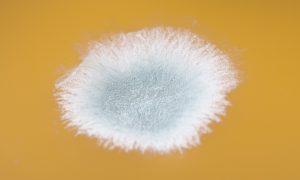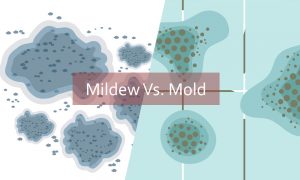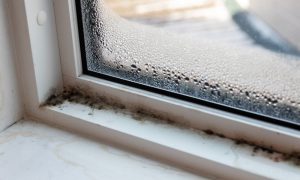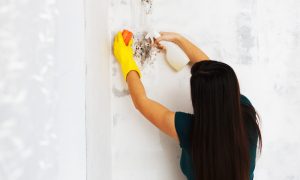Often, people think of mold detection as a simple task. You might have often heard this line – “You either have it, or you don’t“. Believe it or not, that is incorrect. Detecting and identifying mold in your home can be more complicated than you may have thought, but it is possible to detect mold using your senses. Let us start with the basics.
Identifying the signs of mold growth comes from our senses, not just our sense of sight. Visibly noticing mold is one thing, but knowing its additional features is another. With mold, primarily it can also be about the sense of smell and what we can feel if we touch it. Our sense of hearing will not do us much good with mold, and I hope you do not use your sense of taste to identify mold.
Therefore, that brings us down to three senses we can use to detect mold in our homes:
- Smell
- Sight
- Touch
Let us explore these 3 senses to detect mold in your houses, especially in places like bathroom, kitchen, carpet, drywall, ceiling, basement and other areas.
What does mold smell like?
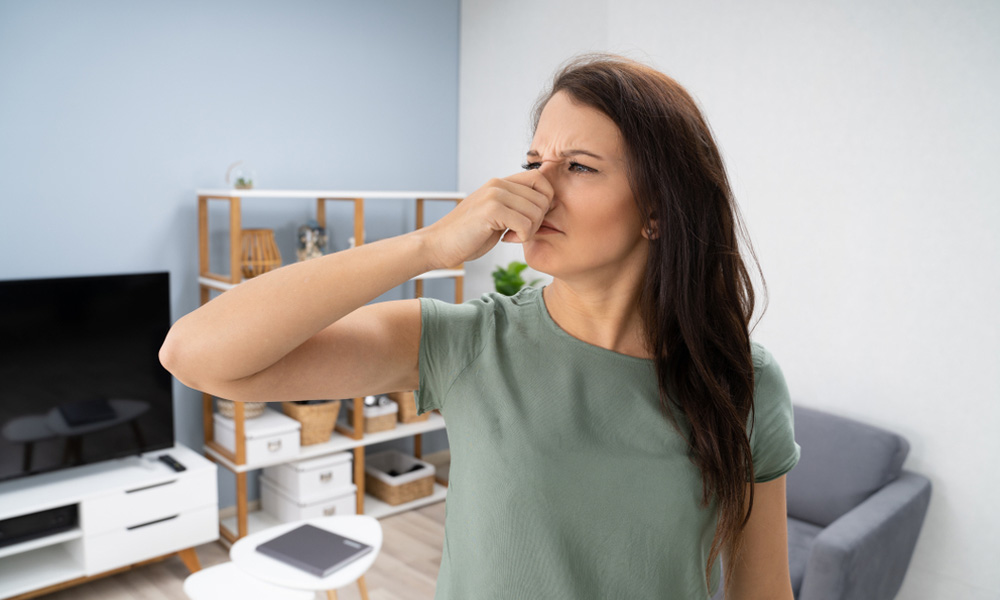
The smell of mold is not pleasant in any way. Moreover, breathing it can be pretty hazardous. That is precisely why Eco Flood & Mold Remediation is not just devoted to getting rid of that nasty smell but protecting your health too.
Mold’s odor generally resembles an “earthy” smell, and sometimes a rotting smell. If you have ever been near chopped wood that has rotted from the rain or have had laundry not thoroughly dried and left alone in a basket for a long time, you would be familiar with the smell. To go into even more detail, it makes your new home smell like it is ancient, as if it has flooded and the water dried up within your walls.
What does mold look like?
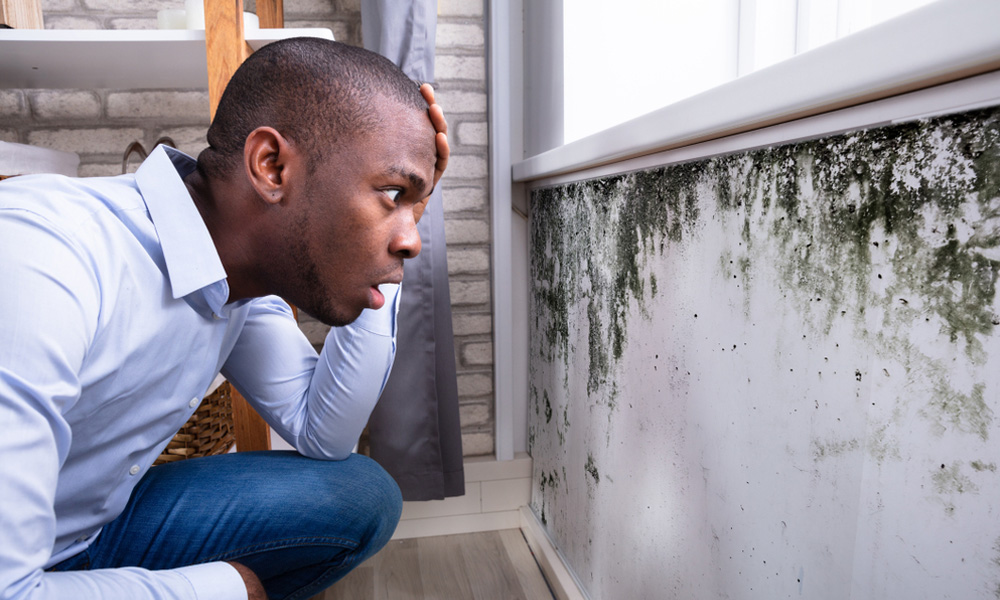
When identifying mold based on sight, it is not just about what the mold itself looks like directly, but what the surroundings look like as well because mold does damage to your building and its structure.
The mold itself looks dark green. Sometimes, when it becomes awful, it will turn into a “blackish” color. Mold reportings have had various colors, from purple to blue, from orange to pink. However, the most common colors for mold are dark green and black mold.
Now, because anything can be dark green or black, it is important to look at the mold infestation surroundings, such as walls and flooring. It is very common with mold present to see wallpaper peeling off and your drywall becoming “not so dry.” The ceiling can also become weakened from the mold, leaving parts of it at risk of falling. The reason for this is because mold eats away the material your house is used to be built. It rots away wood – hence the smell – leaving important pieces to the structure compromised and at risk of collapsing altogether. Wires and pipes can also be left exposed, creating additional hazards.
Another thing to keep in mind is if you can see the mold growth, the problem might be far more severe than it appears. Mold is not just present on the outside of your walls, but also on the inside, where you may have no clue what is going on. This is why it has been stated earlier that detecting and identifying mold can be more complicated than one may think.
Long story short, parts of your home seem to start falling apart. That is why we are here to help! We want you to live in a clean and safe place.
What does mold feel like?
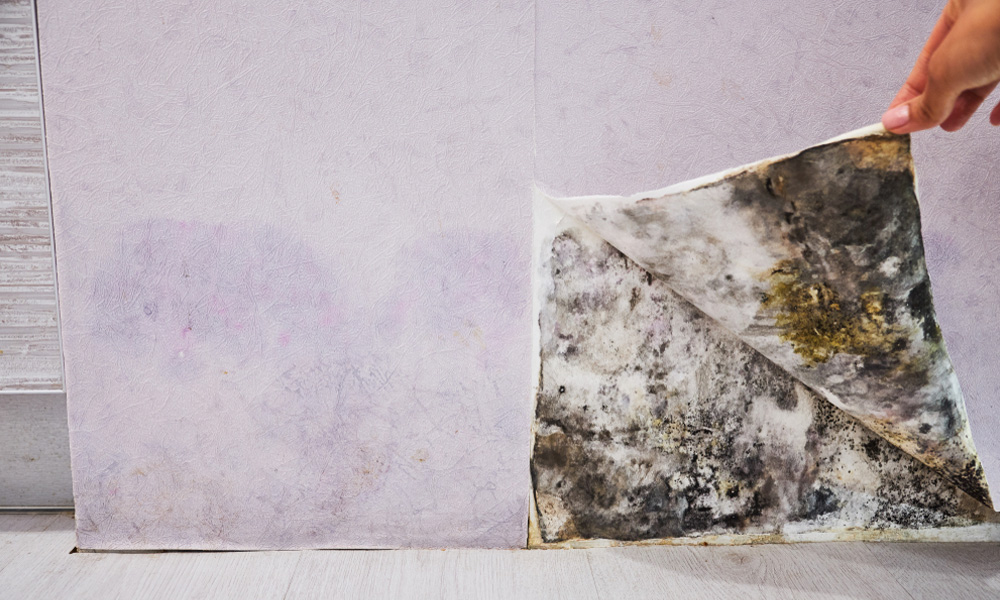
If I were you, I would not touch it with my bare hands. Unfortunately, when your house is infested with mold, you have no choice than to check/test through one of the ‘senses’, to see if the growth is severe. If possible, you should leave all the touching and examination for professionals to handle. Touching mold can cause unwanted skin problems, such as rashes, itchiness, and scaling. However, if you accidentally touch something contaminated with mold, you do not have to worry, as it will not kill you. Please note, it is essential to wash your hands thoroughly after touching mold in your place of residence.
The explanation for mold’s texture is not as descriptive as you might have thought. Mold feels exactly like it sounds. Imagine it yourself: your walls are rotting from some excessive moisture event, and the atmosphere and surroundings smell musty. That is what mold feels like. It can feel slimy and gooey. Therefore, the most important senses you need to use to identify the mold infestation is smell and sight.
Other ways of detecting and identifying the mold
If you are experiencing “allergies” whenever you walk into your house, chances are you have a mold problem. Some of the side effects of a mold infestation include:
- Coughing and lung problems
- Nausea
- Congestion in the nose (also, runny nose)
- Irritation in the eyes
- Throat disturbance
- Nose bleeds (this one is very common!)
Furthermore, the reason for this is because mold is not good for you. It can harm your overall health. Mold is not deadly, meaning it will not kill you, but it is important to know that if you already have pre-existing medical conditions, such as asthma or sensitive skin, they can worsen with mold present.
You also need to remember: mold’s effects on your health are not caused by just touching it. The particles in the air from it alone can cause various health disturbances and worsen any pre-existing medical conditions.
Bottom Line
In the end, you must note that mold is not something you can solve overnight, and often, without professional help, especially if your mold problem is severe. However, if you have mold infestation in a small portion (less than 10 sq. ft.), then you can think about natural ways to get rid of mold, which is safe and effective. Otherwise, it is wise to hire trained mold remediation professionals, who will specifically work with a mold and have the necessary tools and resources to eliminate it for you.
Moreover, it is vital to get help the moment you have detected mold in your home! Again, mold is hazardous to our health. The fact that the material in your home is food for the mold – including what the building is made out of and the furniture you have put in – makes it slightly more dangerous, as the mold is continuously feeding and expanding. It is always better to prevent mold occurrence than to consider treating it.
If you suspect you have a mold problem or are sure you have detected and identified mold in your home, you have come to the right place! Do not hesitate to look through the services that we provide, and feel free to contact us if you have any questions! We are more than happy to help you! Not just curing the mold, but detecting and identifying it for you as well!
This article was originally published in Jan-2021 and was last updated in Apr-2021.
Author: Kenny

